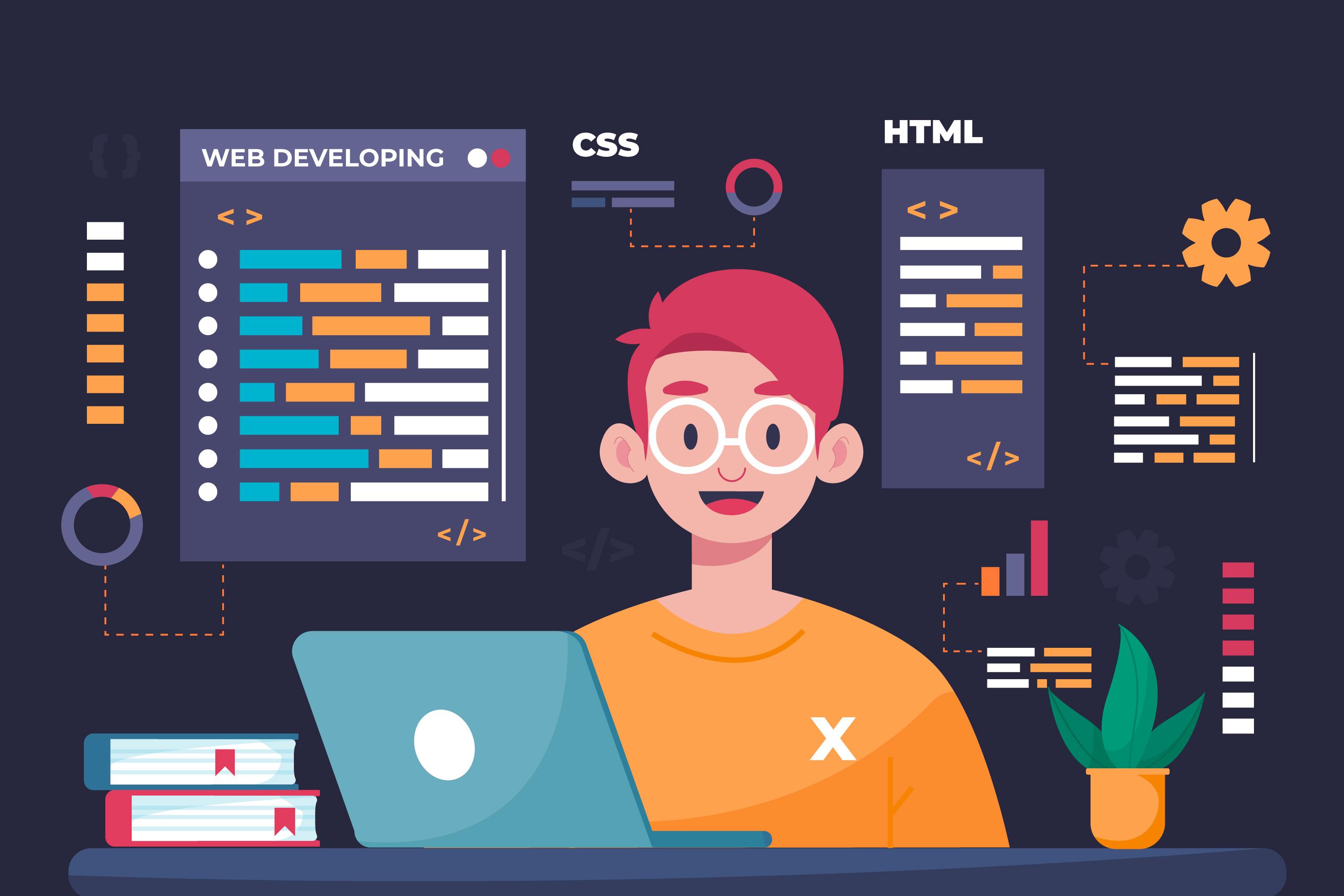Locating the Suitable Software Development Partner for Innovative Solutions
Wiki Article
Devoted Developers vs. In-House Teams: Which Is Right for You?
The decision between making use of specialized developers and maintaining an in-house team is a considerable one that can influence the trajectory of your jobs and overall company approach. Conversely, in-house groups add to a natural firm culture and a nuanced understanding of lasting objectives.Understanding Committed Programmers
The expanding demand for specialized abilities in the technology industry has actually led to the appearance of specialized designers as a viable service for lots of companies. These specialists are commonly gotten on a task basis, allowing business to leverage certain know-how without the long-term dedication connected with full-time hires. Committed designers are usually embedded within a customer's team, supplying flexibility and scalability to satisfy job requirements.This model permits companies to access a global skill swimming pool, which is specifically beneficial in a quickly advancing technological landscape. Committed developers can be sourced from numerous geographical locations, guaranteeing that firms can find the right ability at competitive rates. They usually bring a riches of experience and knowledge, having worked with varied jobs across various markets.
Furthermore, dedicated designers can concentrate solely on the jobs available, improving performance and performance. They are geared up to incorporate effortlessly right into existing operations, collaborating closely with in-house teams to attain project goals. This strategy not only lowers the burden of recruitment and training but also permits companies to remain dexterous, adapting quickly to transforming market needs and technical improvements.
Advantages of In-House Teams

Furthermore, internal groups have a tendency to have a deeper understanding of the firm's goal, worths, and objectives. This placement can enhance staff member involvement and motivation, as employee feel a lot more connected to their work and the company's success. Additionally, having a committed internal team permits far better placement of techniques and purposes, as these participants are constantly focused on the firm's concerns.
In-house groups likewise facilitate quicker decision-making processes, as they can react a lot more swiftly to changes and difficulties. The established connections and experience with company methods permit for structured operations and reduced miscommunication. Eventually, the mix of a cohesive society, alignment with organizational goals, and efficient communication makes in-house teams a beneficial property for several companies, particularly those looking to cultivate lasting development and advancement.
Price Considerations
When evaluating cost factors to consider, both specialized designers and in-house teams present unique monetary implications for companies. Involving committed programmers normally entails a pay-per-project or per hour rate design, which can be economical for companies with varying task needs. This strategy enables for flexibility in scaling resources up or down, guaranteeing that business just pay for the services they need.In contrast, in-house teams require repaired expenses, including wages, benefits, and overhead expenses such as office and tools. While this model offers better control and immediate schedule of sources, it may bring about higher long-term expenses, especially if the work does not justify a full time team.
Additionally, companies should think about the hidden prices related to employment and training of internal workers, which can further strain spending plans. Sometimes, the time and resources invested on handling an internal team can interfere with the company's core business goals.

Task Management and Adaptability
Task monitoring and versatility are vital elements that affect the choice in between in-house teams and committed designers. Dedicated groups frequently have actually developed procedures for handling jobs efficiently, leveraging this website details methods like Agile or Scrum, which assist in iterative progression and versatility.
Inevitably, the choice in between specialized developers and in-house teams hinges on the preferred degree of adaptability and the certain project management demands. Firms need to review their functional dynamics, task complexity, and source accessibility to establish which option aligns finest with their critical objectives.
Making the Right Option
Choosing the ideal growth approach-- dedicated programmers or internal teams-- calls for a cautious evaluation of various variables that straighten with a company's calculated goals. software engineering staffing. Initially, think about the nature of the project. If it requires specialized abilities or a fast scale-up, dedicated developers may be preferable. On the other hand, internal teams can provide far better connection and combination with existing employees.Following, evaluate your budget plan. Committed developers usually offer a cost-effective service for short-term tasks, while in-house teams may incur greater long-term expenditures due to salaries, benefits, and overhead prices. Examine the level of control and collaboration preferred; internal groups typically cultivate stronger communication and positioning with company culture.
In addition, consider the time structure. If prompt outcomes are needed, dedicated programmers can be onboarded quickly, whereas building an internal group takes time for recruitment and training. Lastly, weigh the page long-term vision of your organization. If continuous development is important, buying an internal team may yield far better returns with time. Inevitably, the choice hinges on an extensive analysis of these aspects, guaranteeing alignment with your company's overall goals and functional demands.
Final Thought
In verdict, the decision in between in-house teams and committed programmers hinges on task requirements and business objectives. Conversely, internal teams cultivate a natural culture and much deeper positioning with long-term objectives.The choice in between utilizing specialized developers and keeping an in-house group is a significant one that can influence the trajectory of your tasks and total organization method.Job administration and flexibility are vital aspects that influence the choice in between in-house groups and dedicated designers. dedicated development team.In contrast, in-house groups may stand out in maintaining a constant task administration structure due to their experience with the company's culture and long-lasting objectives. Devoted programmers commonly present a cost-efficient remedy for temporary projects, while in-house teams might sustain greater long-lasting costs due to incomes, benefits, and overhead costs.In final thought, the choice in between specialized designers and in-house teams hinges on project requirements and business goals
Report this wiki page